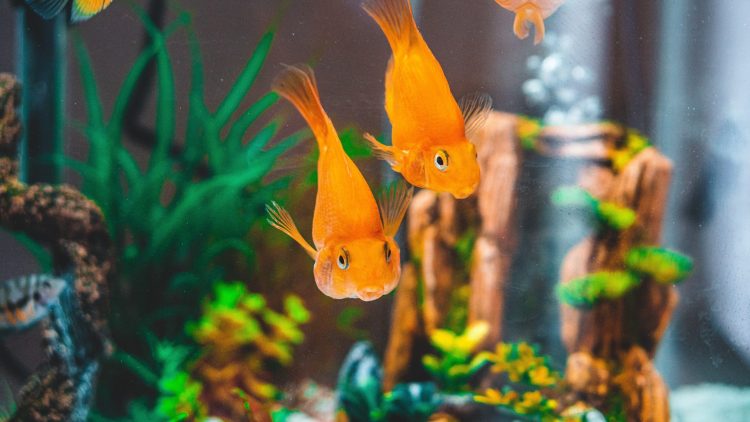奥克兰市议会要求当地人停止向水道投放金鱼和水族馆植物。
金鱼和水族馆植物进入湖泊和溪流,会破坏自然环境和水质。
一直帮助奥克兰市议会从水道中清除入侵性鱼类的彼得·威尔科克斯说,被释放到野外的金鱼会长得非常大。
“在Western Springs最后一次捕获中,最小的金鱼是30厘米,最大的是40厘米,它们的重量从略低于一公斤到1.8千克不等。
“一条在商店里价值10美元的金鱼,试图管理它以便其他种类得到较好的设施,对于议会来说是一笔成千上万美元的开支,这是不负责任的,也是破坏环境的行为。”
在宠物商店,金鱼的价格可以以低至4.50美元,但是,它们在水箱中所需的空间却非常惊人。
好莱坞鱼场罗斯基尔山店主 Vicky Ferguson 以前见过很多次。
“因为买它们时,尺寸很小,所以人们以为可以放很多金鱼进水箱中,然后金鱼开始长大,长得比水箱还大。”
当金鱼进入湖泊和溪流时,它们会撕裂植物,与本地鱼类争夺食物,并搅动沉积物,使水变得浑浊。
奥克兰市议会淡水生态学家贝琳达·斯图德霍尔姆说,鱼不是唯一的问题,水箱里的植物也是一个问题。
“它们完全破坏水质,改变溶解氧和pH值以及池塘。它们排除了所有其它原生植被,使池塘不适合本地鱼类。”
弗格森说,与其将鱼倒入水道,不如放弃它们,或者为它们找个有更大的水箱或池塘的新家。





























































